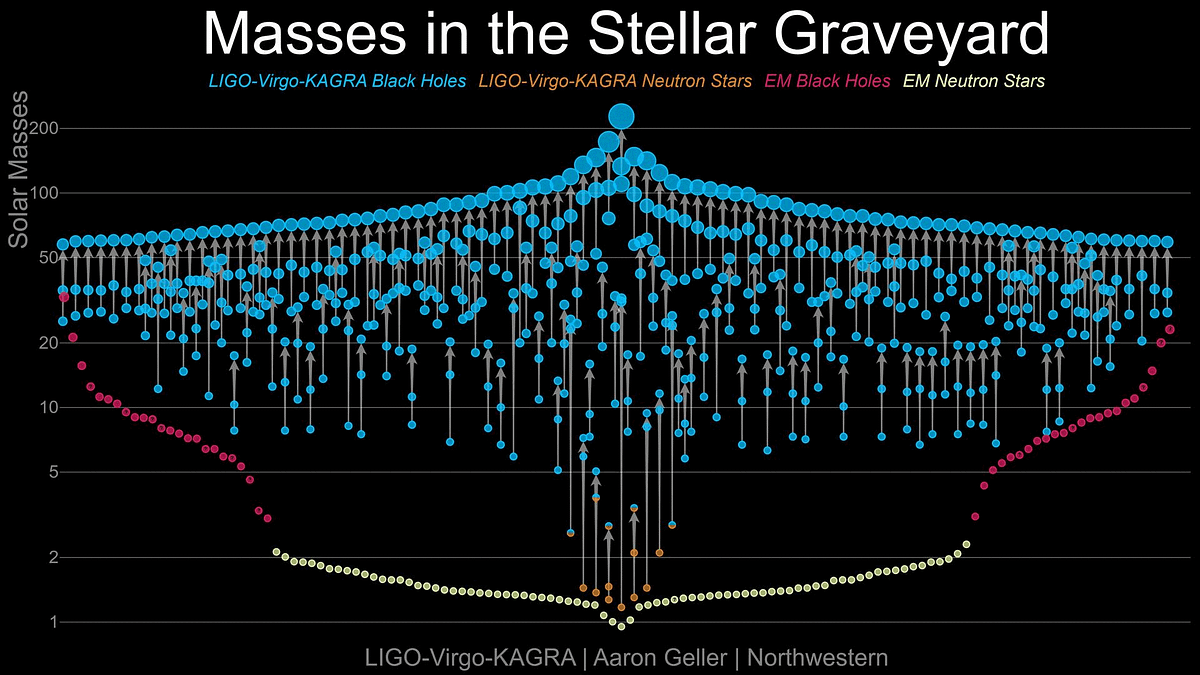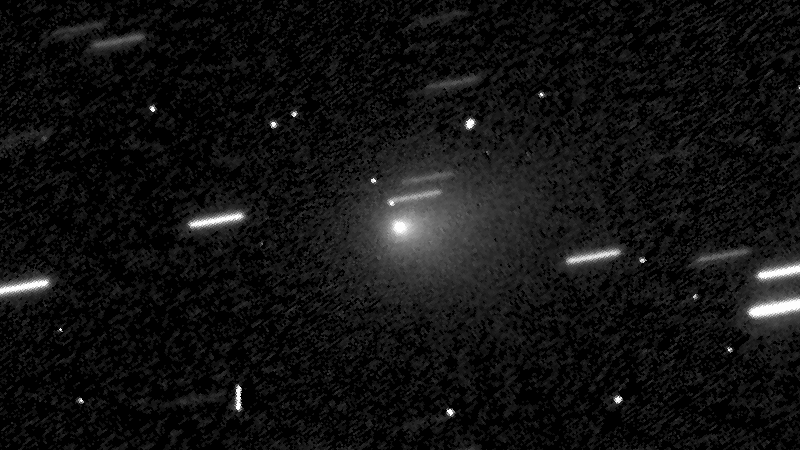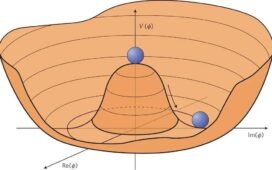It’s possible to remove all forms of matter, radiation, and curvature from space. When you do, dark energy still remains. Is this mandatory?
Here in our Universe, one of the few things we can be certain of is that every signal we’ve ever observed has originated within the fabric of spacetime itself. Galaxies, stars, planets, atoms, particles and antiparticles, photons, gravitational waves and more all exist within, and propagate through, the fabric of space, affecting everything they encounter. Although it’s difficult, it is possible to find regions of space that are exceedingly empty: with only the smallest traces of matter and radiation, found in the deepest voids in intergalactic space. However, even in those regions, space itself not only has no problem continuing to exist, but the fabric of spacetime itself continues to expand, just as it does throughout the rest of the Universe.
Is there something profound about this? Does it mean that space and the energy that cannot be extracted from it — also known as dark energy — depend on one another for their mutual existence? That’s the question of Allan Hall, who asks:
“If you could remove all baryonic and dark matter from space it seems to me that…















